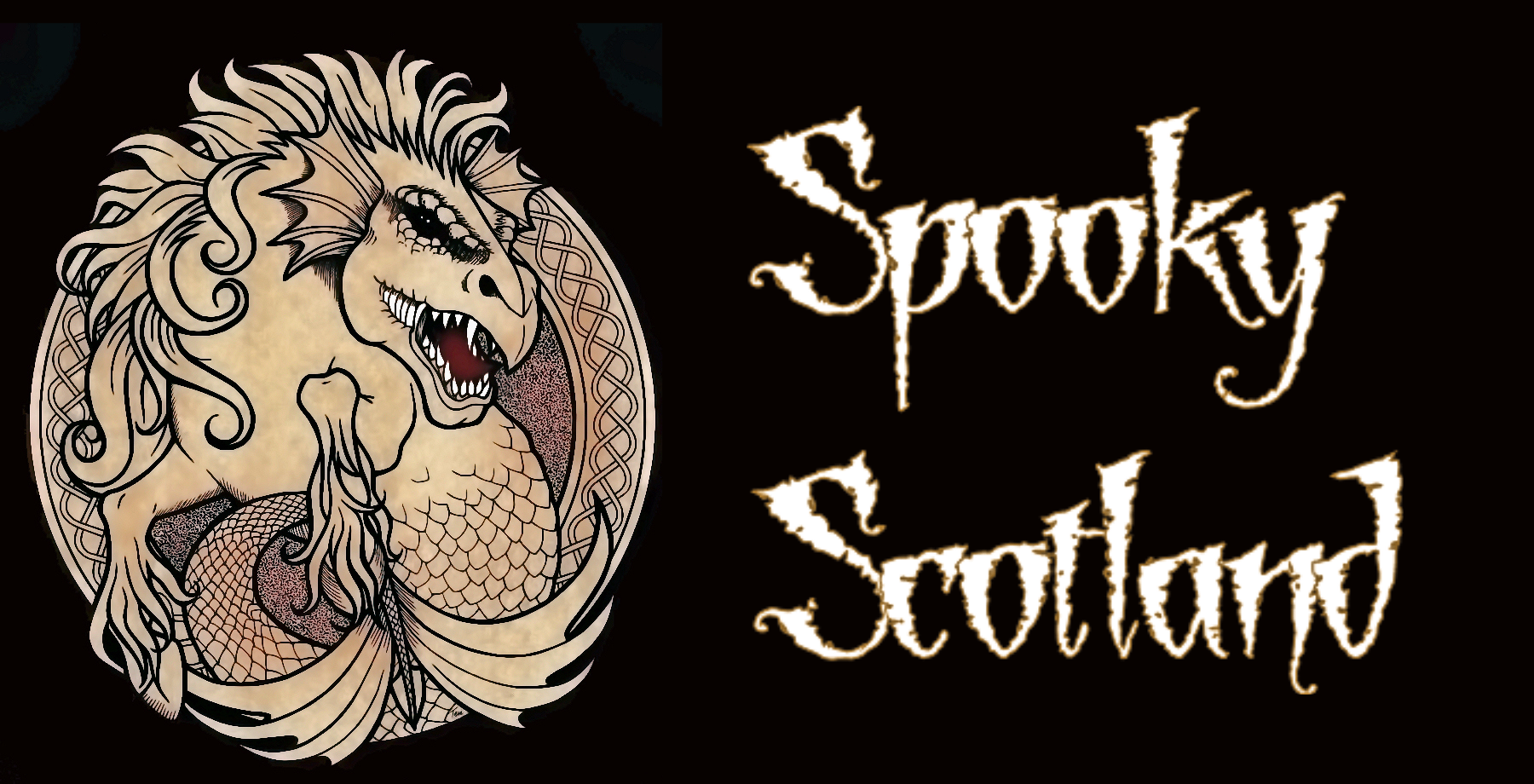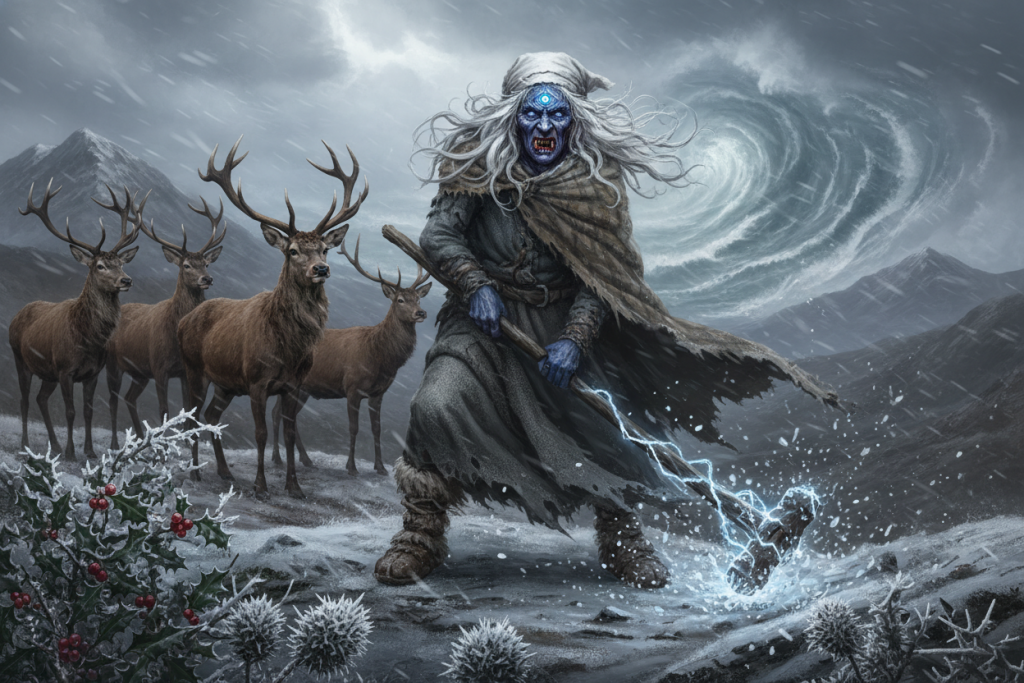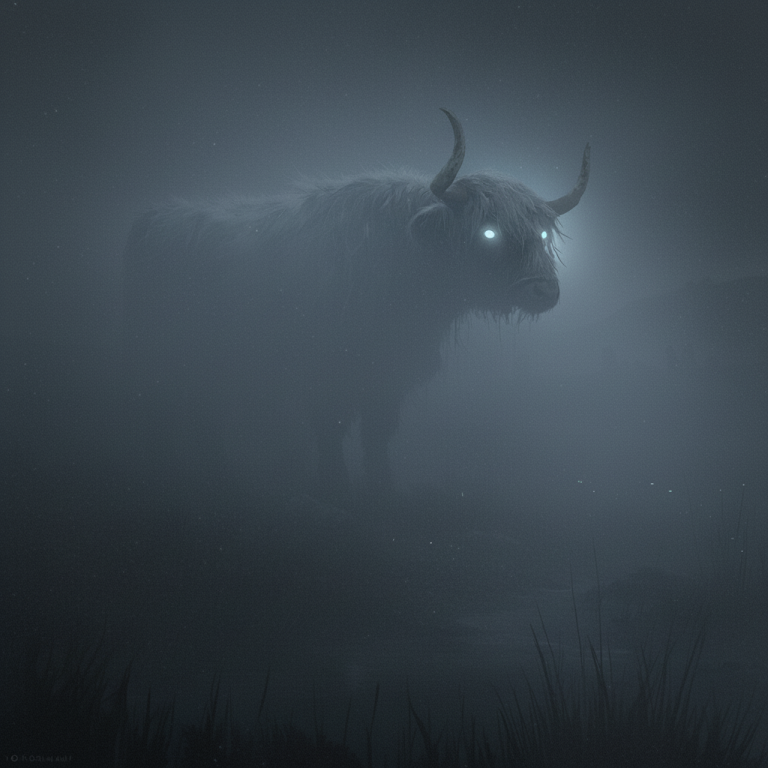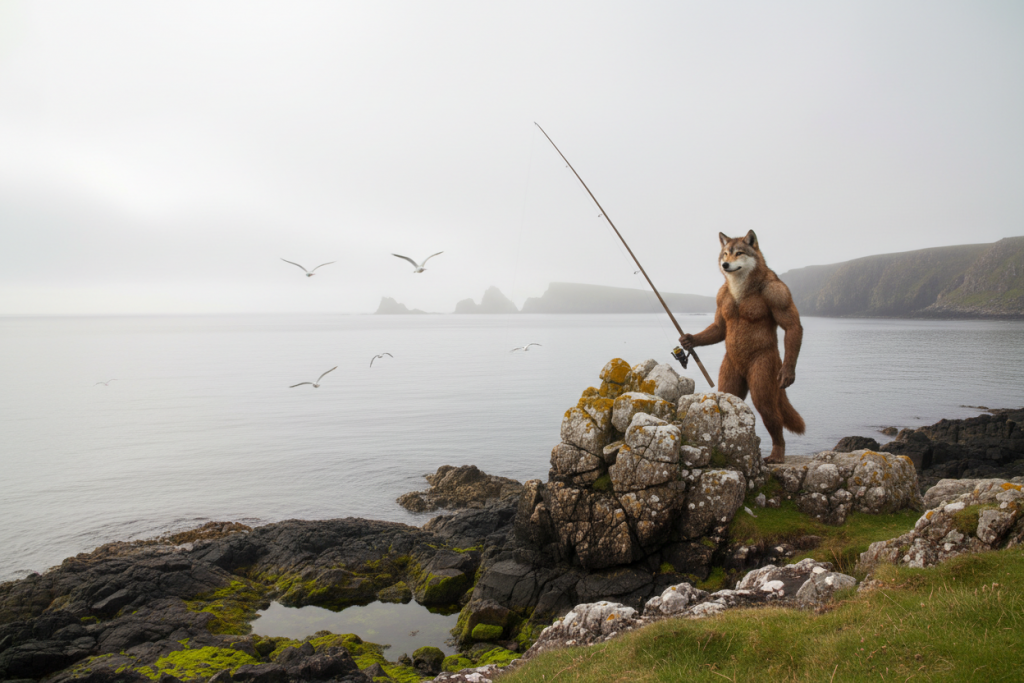General Information:
Selkies are mythological creatures from Scottish folklore, especially connected with Orkney and Shetland. The word comes from Scots, meaning “seal”, but over time it has come to describe shapeshifting seal-people who can step between the sea and the land. Similar legends exist in Norse and Irish folklore. Selkies appear in many folktales as mysterious, beautiful, and tragic figures caught between two worlds.
Appearance:
In the water, selkies look like ordinary grey seals, but their true nature is revealed when they shed their skins. On land, they appear as strikingly attractive men or women. In most stories, they are described as irresistibly beautiful when in human form. Children of selkie-human unions are sometimes said to have small physical differences, such as webbed fingers or toes.
Habitat:
Selkies live in the cold waters around the coasts of Scotland, especially the Northern Isles. When human, they may be seen on beaches, often under moonlight, dancing or resting before returning to the sea. Some stories describe selkies as living together in undersea halls where they can breathe air as easily as on land.
Behaviour:
Selkies are generally gentle compared to other Scottish supernatural beings. They are not usually malicious, but many tales emphasise their longing for the sea and their sadness when trapped on land. Male selkies are said to be very handsome and known for seducing lonely women. Female selkies are often forced into marriage with human men who steal their sealskins.
Shape-shifting Ability:
Selkies shift between human and seal by putting on or removing their seal skin. Every skin is unique, and without it, a selkie cannot return to the sea. Versions of the folklore differ: some say they can only transform a limited number of times, or only at certain tides or moons, while others describe them transforming at will.
Variant:
While Scottish tales focus on selkies, there are related legends in Iceland (selshamurinn), the Faroe Islands (Kópakonan, “seal woman”), and Ireland, where they are linked to the merrow. In Scotland itself, Shetland and Orkney traditions sometimes overlap with stories of the finfolk, though selkies are usually considered distinct.
Location in Scotland:
Most selkie stories come from Orkney and Shetland. There are also tales from Caithness, the Western Isles, and the far north coast. The Selkie’s Grave can be found at Old Olrig Kirk near Castletown, and modern statues of selkies can be seen in both Orkney and the Faroe Islands, showing the legend’s wide reach.
Stories / Sightings or Experiences:
The Selkie Wife
This is by far the most common selkie tale across Scotland, appearing in many variations. A fisherman sees selkies dancing on the sand after they have shed their seal skins. Captivated by one of the women, he grabs her skin and hides it. Without her skin, she cannot return to the sea and is forced to marry him. In most versions, they live together for years and have several children. Despite seeming content, the selkie wife always gazes longingly at the ocean, mourning the life she left behind. Eventually, she discovers her skin – often uncovered by a curious child – and flees immediately, leaving her family forever. Some versions soften the ending for children by allowing her to return to see her children once a year in either human or seal form. Others end more harshly, with the children only ever seeing a seal who lingers offshore, watching them.
Donald the Seal Hunter (John O’Groats / Shetland)
Donald was a seal hunter who had no time for old legends. One day, he stabbed a huge seal lying on the rocks, but the animal managed to flee into the water with his knife still lodged in its side. That night, a tall stranger invited him to a great hall, claiming his master wanted to see him. The stranger led Donald’s horse at a gallop into the sea. To Donald’s terror, they plunged beneath the waves, reaching an underwater palace where many seals gathered, mournful and silent.
In the centre lay the great seal he had wounded – none other than the selkie king. The stranger revealed Donald’s lost knife, but instead of punishing him, the selkies asked him to use his hands to heal the wound he had caused. Donald pressed his palms over the gash, and it closed before his eyes. The selkies spared him, but only on condition that he swore never to harm a seal again.
The Selkie’s Grave (Castletown, Caithness)
Near Castletown lies a grave known as the Selkie’s Grave. The story tells of a fisherman who found a baby girl wrapped in sealskin on the shore. He and his wife, who had no children, raised her as their own. As she grew, people whispered she was not like other children. She was said to have “second sight” and once claimed to see the Devil in a church rafters, which led to her being shunned. Despite this, she later married, but tragically died in childbirth. She was buried in Old Olrig Kirk, where her grave still stands. The stone has a hollow that never dries, and visitors often leave small gifts from the sea, keeping alive the connection to her selkie origins.
Gioga’s Son (Papa Stour, Shetland)
In this Shetland legend, fishermen ambushed seals resting on the Ve Skerries, unaware they were selkie folk. As the seals bled, the sea grew rough, threatening to sink their boat. In their panic, they abandoned one of their own on the rocks. From there, the stranded man witnessed the seals shed their skins, becoming human, and tending each other’s wounds. One selkie, Ollavitinus, grieved because without his skin he could never return to his wife. His mother, Gioga, saw the fisherman and struck a bargain: she would carry him back to land if he recovered the stolen skins. When he returned them, the selkies disappeared beneath the waves. From that time, islanders treated seals with great respect, believing to kill one would bring ruin.
The Grey Selkie of Sule Skerry (Orkney Ballad)
A haunting ballad from Orkney, also known as The Great Silkie of Sule Skerry, adds a layer of tragedy to selkie lore. It tells of a woman whose lover is a selkie. They have a child together, but he claims the boy and takes him to live at sea. Seven years later, the mother remarries, only to discover her new husband is a gunner who kills both the selkie and her son. The ballad, with its mournful tone and references to the number seven, reflects the themes of love, loss, and fate that run through selkie tales.
The Selkie and the Otter King (Eilean Donan)
A young selkie girl lived in a cave on an island, often seen fishing or sometimes in human form. The local fishermen respected her, leaving her gifts of fish, which she kindly shared with a family of otters. She became known as Eilean (“island”), and the community adored her.
One day, a greedy stranger arrived, hoping to capture her and make money by displaying her. When the locals refused to help, he tricked them by pretending to leave. He then stole her sealskin, threatening to return the next day to place a halter on her and take her away. That night the selkie wept bitterly, certain she would lose her freedom.
Her cries reached the otters she had once fed. Their leader, the wise Otter King, gathered seven of his attendants. At dawn, when the stranger returned, he tried to cross stepping stones to the island — but in truth, the stones were the Otter King and his followers. They rose, snatched the sealskin from him, and returned it to the selkie girl. The man fled in terror, chased by the otters, never to be seen again.
From then on, the island became known as Eilean Donan (“island of the otter”). The Otter King was buried there, and people say his descendants still share the waters with the seals — and sometimes, still with selkies.
Other Sightings and Beliefs
- On Shetland’s island of Unst, stories tell of selkies luring humans into the sea during midsummer, never to return.
- In Orkney, the “Goodman o’ Wastness” tale mirrors the selkie wife legend, with the wife escaping only after her daughter found the hidden skin in the rafters.
- Webbed hands, feet, or unusual features in children were often explained as signs of selkie ancestry. Families such as the MacCodrums of the Hebrides even claimed descent from selkies.
Purpose of the Myth or Legend:
Selkie stories explain the close, uneasy relationship between coastal communities and the sea. They carry warnings about interfering with seals, and express themes of longing, belonging, and loss. Some legends reflect older attempts to explain real conditions like webbed fingers, scaly skin, or the sight of strangers in seal-hide kayaks. They also reflect human ideas about desire and freedom — the selkie’s yearning for the sea mirrors human restlessness with daily life. Today, selkies remain a popular part of Scottish storytelling, music, art, and literature, symbolising the deep connection between people and the ocean.




